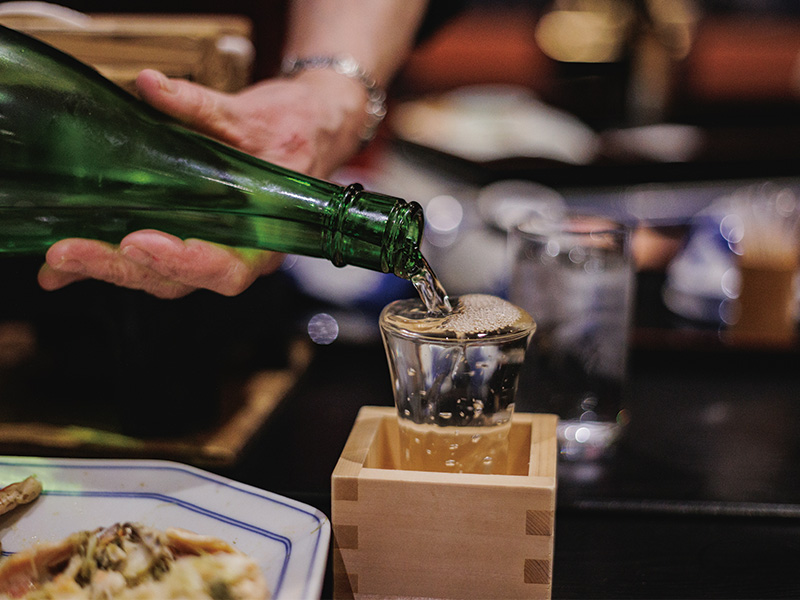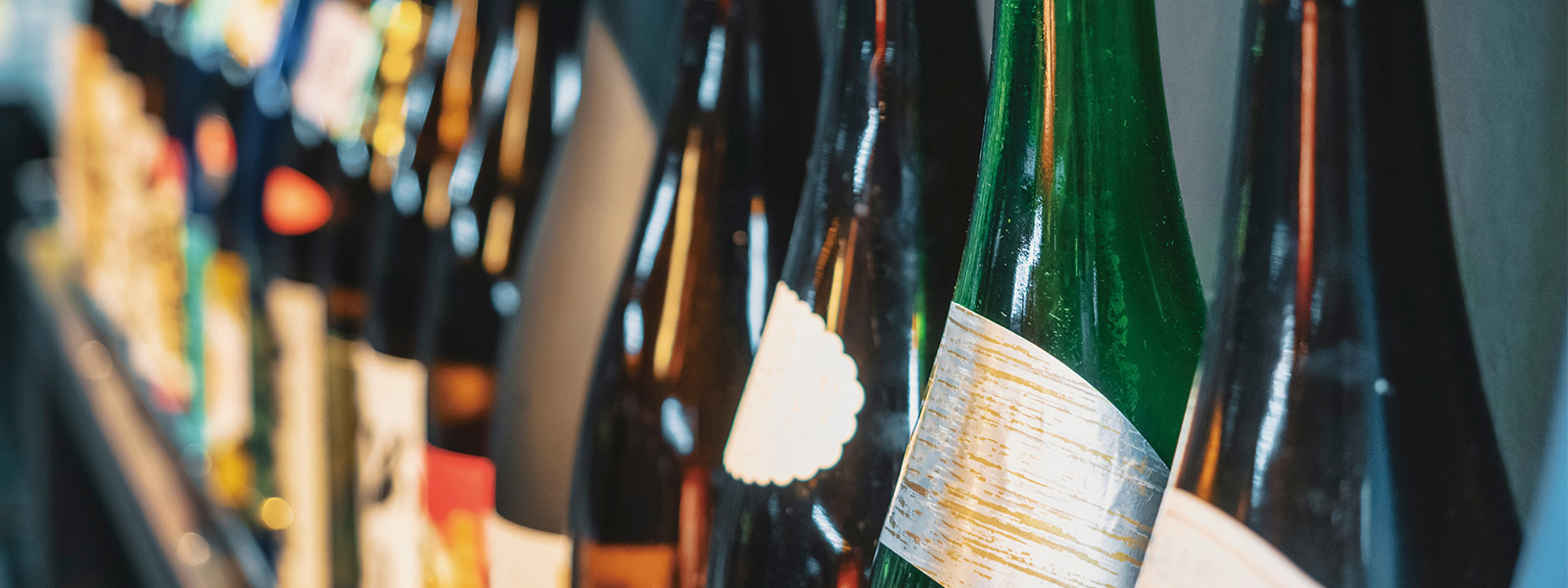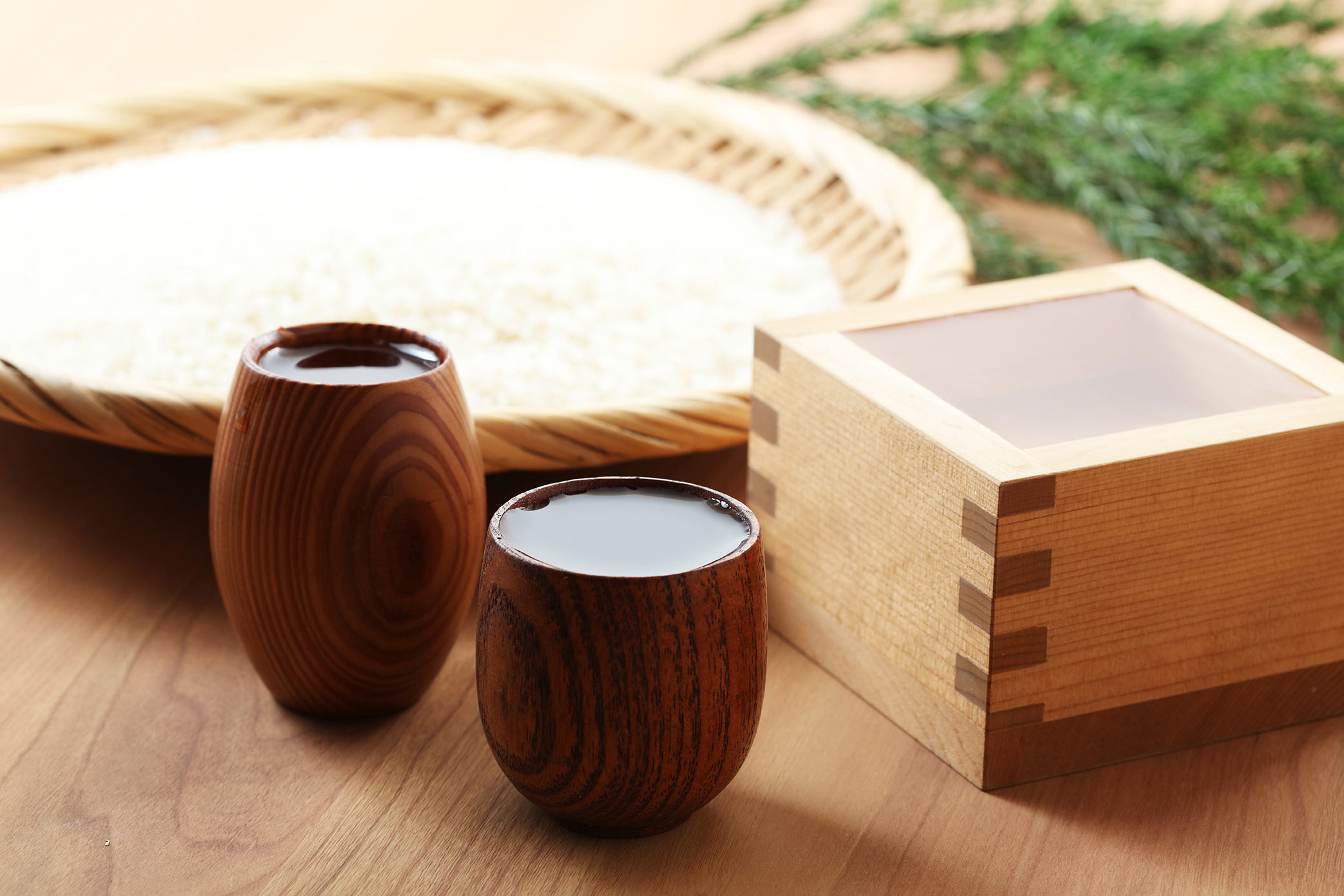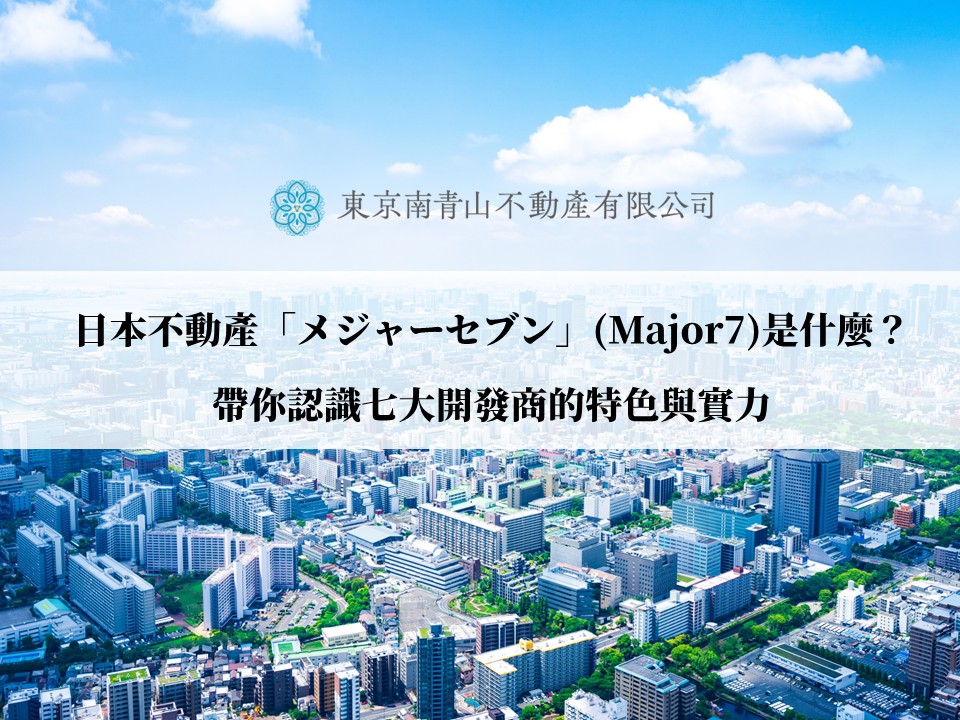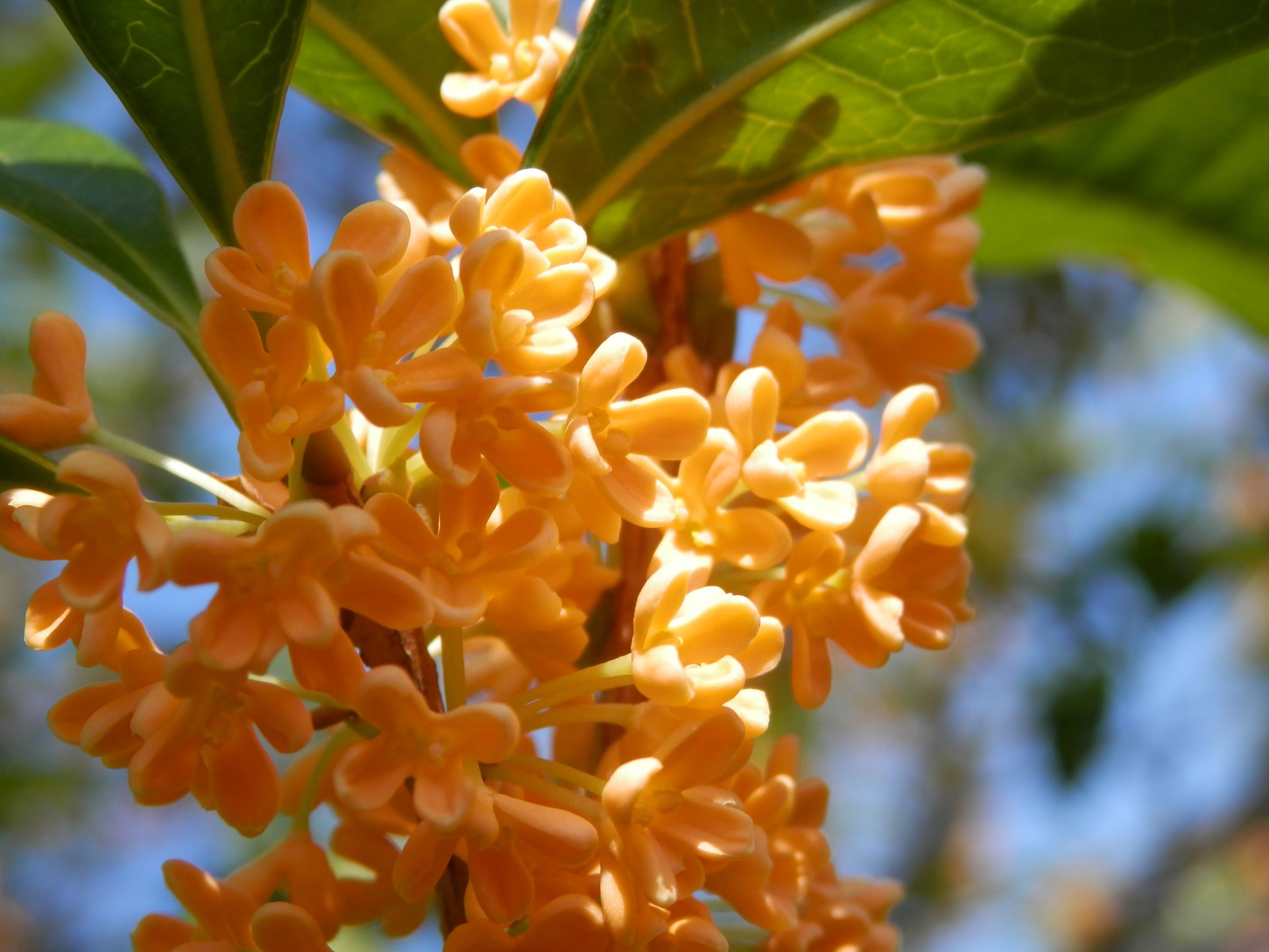Have you ever been captivated by a sake label while shopping for Japanese sake, leading to a careful examination of a particular bottle?
The label is like the “face” of Japanese sake. According to Japan’s Liquor Tax Act, many details must be displayed on the label, from the ingredients used to the heartfelt messages from the brewers.
This article will guide readers through the text and content on sake labels, helping to gain a deeper understanding of the Japanese sake in front of them.
Required Information on Japanese Sake Labels
“Japanese Sake” or “Seishu”
According to the Liquor Tax Act, Japanese sake must be labeled as “Seishu.”
The item name on the label must be indicated as either “Japanese Sake” or “Seishu.”
Incidentally, the Liquor Tax Act defines “Seishu” as follows:
1. Sake made by fermenting and filtering rice, rice koji, and water.
2. Sake made by fermenting and filtering rice, water, sake lees (sake kasu), rice koji, and other items specified by government ordinance, provided that the total weight of the specified items does not exceed the weight of the rice.
3. Sake made by adding sake lees to Seishu and then filtering it.
Among these “Seishu,” only sake made using domestically produced rice and brewed within Japan can be labeled as “Japanese Sake.” In other words, sake made with rice produced overseas or brewed overseas cannot be labeled as “Japanese Sake.”
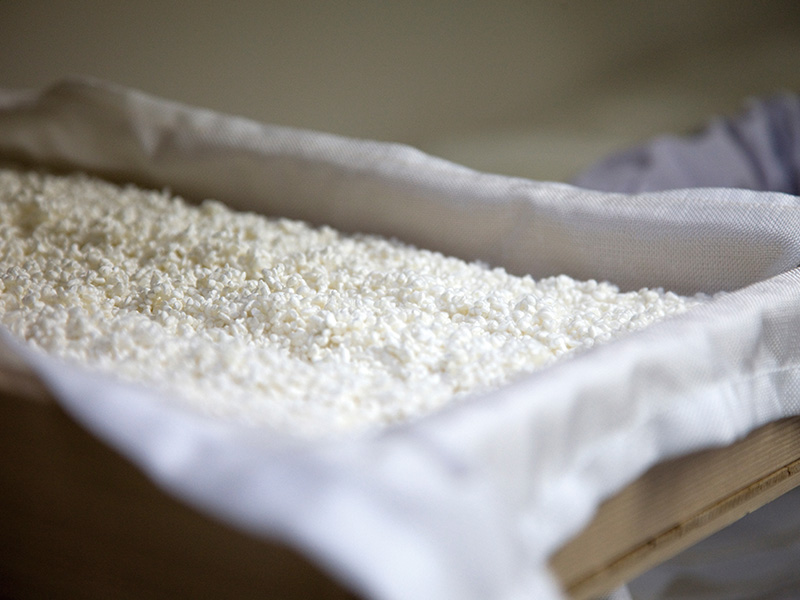
Koji
Brewing Ingredients
The main ingredients of Japanese sake are “rice” and “rice koji.” Note: The water content does not need to be specifically indicated on the label.
Common labels include “rice (domestic)” and “rice koji (domestic rice).” However, if a specific region such as “Aizu” or “Niigata” is to be indicated, the usage ratio of rice or rice koji from that region must exceed 50%, and this ratio can also be displayed on the label.
Additionally, if ingredients such as “brewing alcohol,” “acidulants,” or “sugars” are added, they must also be listed.
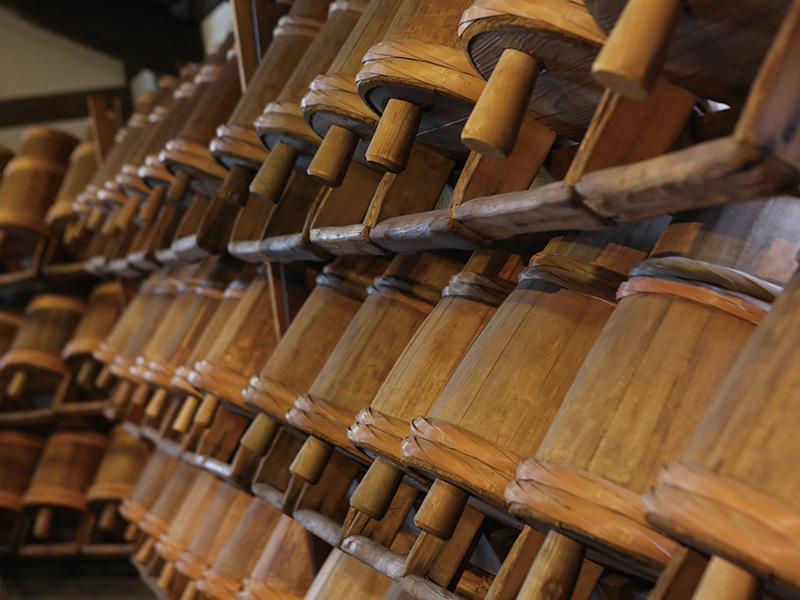
Sake Barrel
Rice Polishing Ratio (Seimaibuai)
The rice polishing ratio refers to the percentage of white rice remaining after the outer layers of brown rice have been milled away. It is usually expressed as a percentage. Generally, the polishing ratio for table rice is 90%. For sake brewing, the polishing ratio for regular sake is around 70%, while for daiginjo sake, it is 50%. Sake with a lower polishing ratio typically has a fruity aroma and a cleaner taste without impurities, while sake with a higher polishing ratio often has a richer flavor and more character.
Capacity
Common bottle sizes include 720ml (four-go bottle), 1800ml (issho bottle), 300-360ml (two-go bottle), 180ml (one-go bottle), or cup sake. Additionally, bottle sizes suitable for single servings are also quite common.
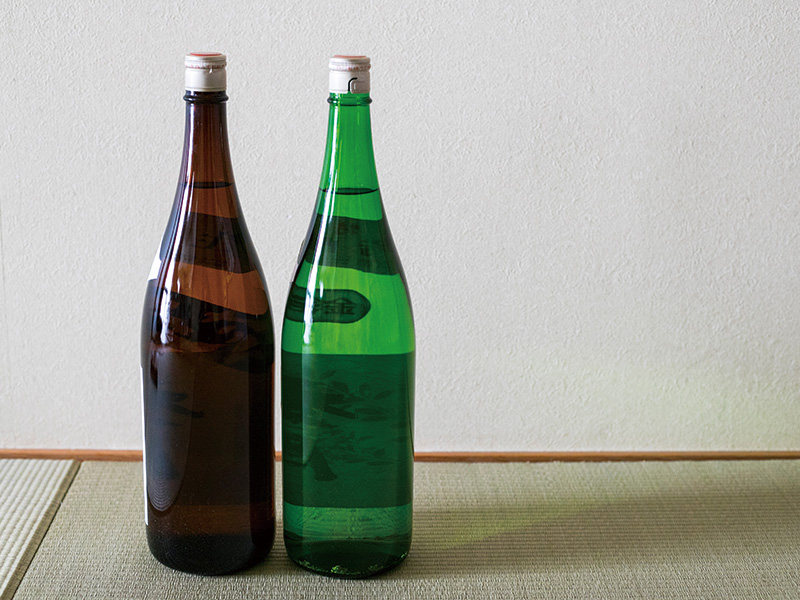
1800ml (issho bottle)
Alcohol Content
According to the Liquor Tax Act, the alcohol content of seishu must be between 1% and 22%. The typical alcohol content of Japanese sake is around 15%, with some reaching as high as 18-20%.
Manufacturing Date
The manufacturing date does not refer to the date when the sake was brewed, but rather the date when it was bottled.
Other
・Name of the manufacturer and location of the manufacturing site
・Precautions to prevent underage drinking, drunk driving, and drinking during pregnancy
・Storage or consumption instructions
・Country of origin Note: For imported sake, the country of origin must be indicated
・Indication of the use of foreign-produced sake
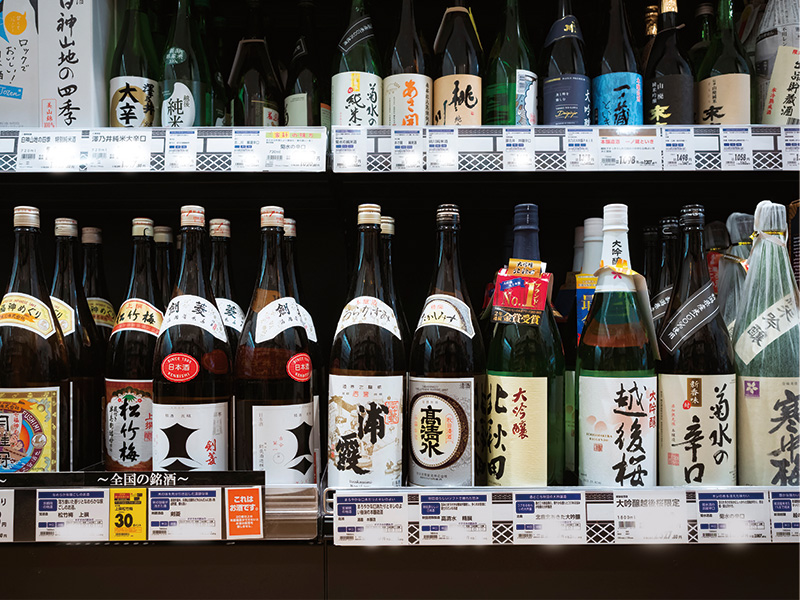
Optional Labeling Items
Subtitle Specific Designations
Japanese sake is categorized into “Special Designation Sake” and “Ordinary Sake.” “Special Designation Sake” is classified based on the ingredients and rice polishing ratio, and it can be divided into three types: “Ginjo-shu,” “Junmai-shu,” and “Honjozo-shu.” Additionally, depending on the ingredients and brewing methods, it can be further classified into eight types.

From the National Tax Agency: Overview of the
Nihonshu-do, Acidity, and Amino Acid Content
“Nihonshu-do” is a value used to indicate the specific gravity of Japanese sake. If it is heavier than water, it is a negative value; if it is lighter than water, it is a positive value. Since sugar is heavier than water, a more negative value indicates a higher sugar content, classifying the sake as “sweet;” conversely, a more positive value indicates a lower sugar content, classifying the sake as “dry.” On the labels of Japanese sake, Nihonshu-do is usually simply indicated as “sweet” or “dry.”
“Acidity” refers to the amount of organic acids present in Japanese sake. A higher acidity does not necessarily mean a stronger sour taste; rather, higher acidity suppresses sugar, resulting in a richer and drier taste. On the other hand, sake with lower acidity is generally sweeter and more refreshing.
“Amino acid content” refers to the amount of amino acids (umami components) present in Japanese sake. Although not many sakes specifically indicate amino acid content, in general, sakes with higher amino acid content have a richer and deeper flavor.
Types of Brewing Methods in Sake Production
In the optional labeling items on sake labels, there are sometimes special indications of the brewing methods used for the sake. For example:
・Full Strength Sake (Genshu): Typically, sake is diluted with water to adjust the alcohol content to around 15%, but “genshu” is undiluted sake, resulting in a higher alcohol content of around 20%.
・Non-Pasteurized Sake (Namazake): Sake that has only been pressed and has not undergone any heat treatment (pasteurization).
・Live Bottled Sake (Namazume-shu): Sake that has not undergone any heat treatment during the manufacturing process.
・Live Storage Sake (Namachozo-shu): During the brewing process, sake is usually pasteurized twice, once after pressing and once before bottling. However, “namachozo-shu” is stored at low temperatures without pasteurization and is only pasteurized once before bottling.
・Ki-ippon: Junmai sake made at a single brewery.
・Cloudy Sake (Nigorizake): Cloudy sake that has been filtered using a coarse cloth.
・Sparkling Sake (Happoshu): Sake infused with carbon dioxide gas.
・Noble Brewed Sake (Kijoshu): Sake brewed using sake instead of water.
・Kimoto: Traditional sake brewing method that does not add lactic acid, relying on naturally occurring lactic acid bacteria to propagate yeast.
・Yamahai: A method derived from the kimoto brewing process, omitting the “rice grinding (yamaoroshi)” step in the kimoto method.
Summary
In addition to the aforementioned content, sake labels may also include messages from the brewers or recommended ways to enjoy the sake. When encountering a favorite sake, it is worth carefully reading the label information. This not only helps to understand the background of the sake but also provides insights into personal taste preferences. Let each sip be filled with surprise and satisfaction and explore the endless charm of Japanese sake!
